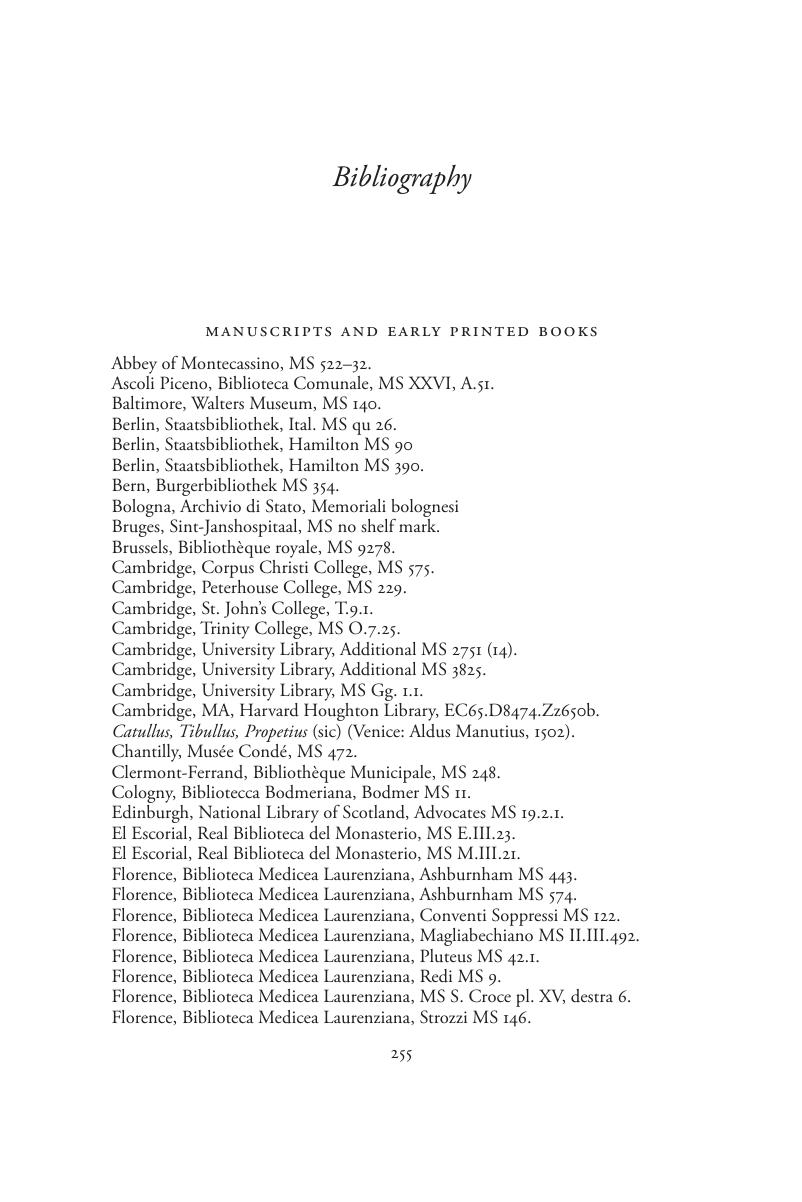Book contents
- The Medieval Manuscript Book
- Cambridge Studies in Medieval Literature
- The Medieval Manuscript Book
- Copyright page
- Contents
- Illustrations
- Contributors
- Acknowledgments
- Chapter 1 Introduction: manuscripts and cultural history
- Chapter 2 Bibliographical theory and the textuality of the codex: toward a history of the premodern book
- Chapter 3 What is a manuscript culture?
- Chapter 4 Decoding the material book: cultural residue in medieval manuscripts
- Chapter 5 Organizing manuscript and print: from compilatio to compilation
- Chapter 6 Containing the book: the institutional afterlives of medieval manuscripts
- Chapter 7 Medieval manuscripts: media archaeology and the digital incunable
- Chapter 8 The circulation of texts in manuscript culture
- Chapter 9 Multilingualism and late medieval manuscript culture
- Chapter 10 Miscellaneity and variance in the medieval book
- Chapter 11 Vernacular authorship and the control of manuscript production
- Chapter 12 Medieval French and Italian literature: towards a manuscript history
- Chapter 13 Afterword: social history of the book and beyond
- Bibliography
- Index
- Series page
- References
Bibliography
Published online by Cambridge University Press: 05 August 2015
- The Medieval Manuscript Book
- Cambridge Studies in Medieval Literature
- The Medieval Manuscript Book
- Copyright page
- Contents
- Illustrations
- Contributors
- Acknowledgments
- Chapter 1 Introduction: manuscripts and cultural history
- Chapter 2 Bibliographical theory and the textuality of the codex: toward a history of the premodern book
- Chapter 3 What is a manuscript culture?
- Chapter 4 Decoding the material book: cultural residue in medieval manuscripts
- Chapter 5 Organizing manuscript and print: from compilatio to compilation
- Chapter 6 Containing the book: the institutional afterlives of medieval manuscripts
- Chapter 7 Medieval manuscripts: media archaeology and the digital incunable
- Chapter 8 The circulation of texts in manuscript culture
- Chapter 9 Multilingualism and late medieval manuscript culture
- Chapter 10 Miscellaneity and variance in the medieval book
- Chapter 11 Vernacular authorship and the control of manuscript production
- Chapter 12 Medieval French and Italian literature: towards a manuscript history
- Chapter 13 Afterword: social history of the book and beyond
- Bibliography
- Index
- Series page
- References
Summary

- Type
- Chapter
- Information
- The Medieval Manuscript BookCultural Approaches, pp. 255 - 294Publisher: Cambridge University PressPrint publication year: 2015



